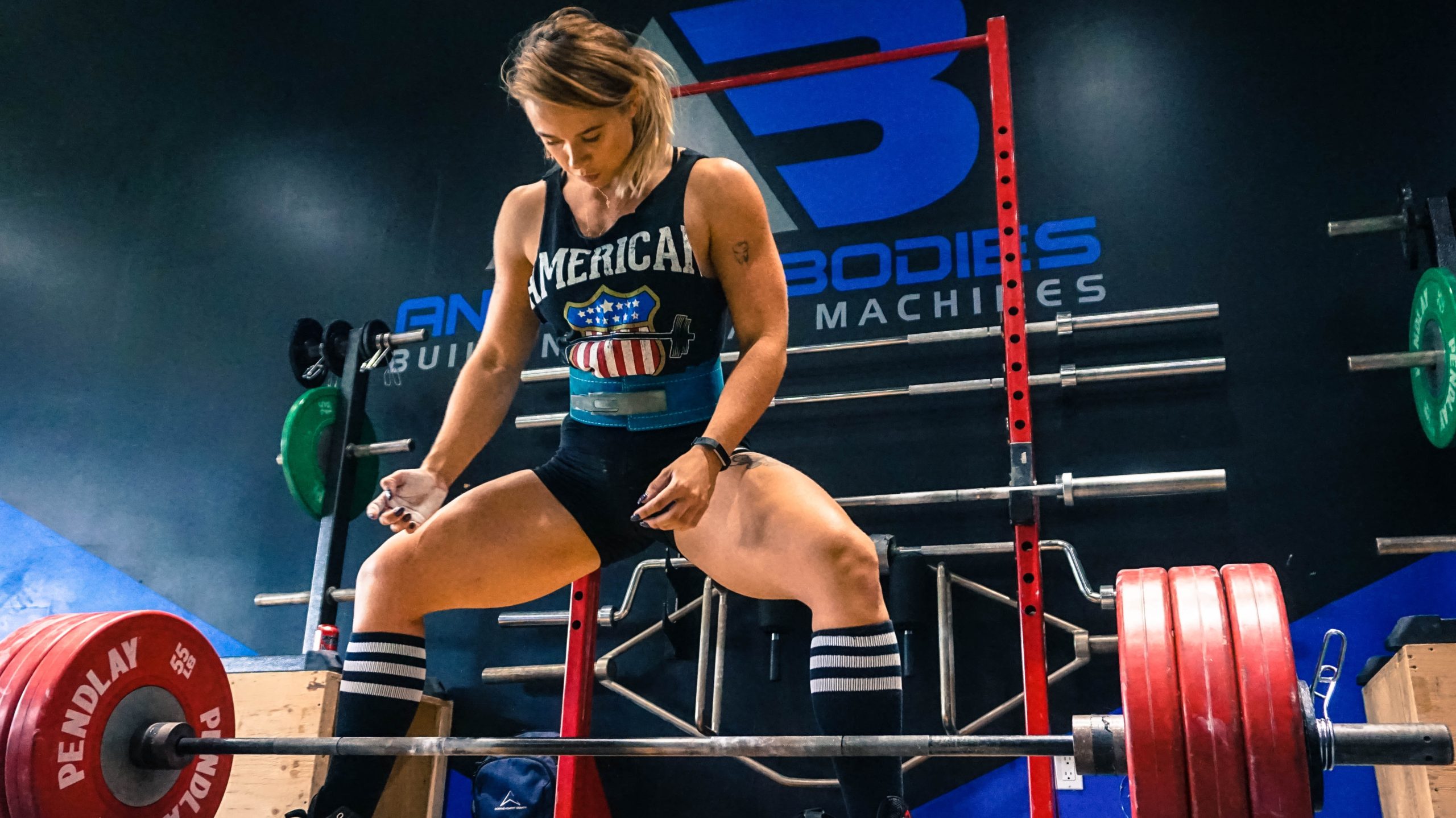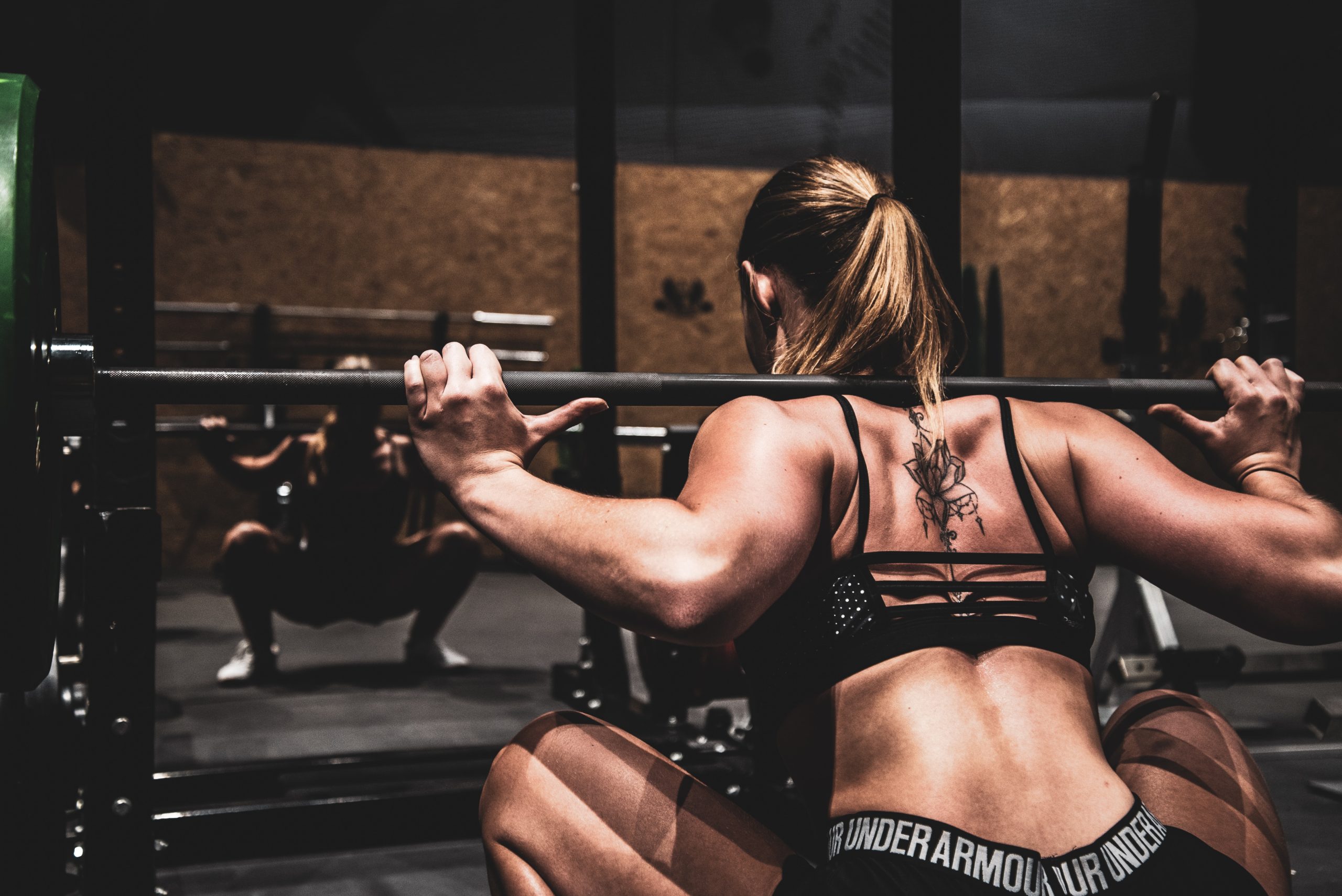How is physical therapy for strength athletes different than for the general population?
Physical therapy for strength athletes are very different than the general population. There is a very important and obvious difference between strength athletes such as as Olympic weightlifters, powerlifters, bodybuilders, CrossFit athletes, throwers, and other similar sports and the general population, and that is strength athletes in general have far more muscle and strength. In practical terms, it means physical therapy exercises effective for the general population will not be effective for Olympic weightlifters, powerlifters, bodybuilders, CrossFit athletes, or even athletes with less strength demands like soccer.
This is because one of the most basic principles of rehabilitation, and exercise in general, is to provide adequate loading or stimulus on a body tissue so the tissue will grow and adapt. For strength athletes, the tissue is often quite strong, so popular physical therapy exercises such as clamshells or band pull-aparts don’t provide enough loading for the muscles to grow. Strength athletes need a physical therapist knowledgeable in the demands of strength sports such as Olympic weightlifting, powerlifting, bodybuilding, CrossFit, throwing, and other similar sports to understand what exercises the strength athlete needs to help resolve their problem.
Here are some examples of exercises good for the general population vs exercises good for strength athletes.
Exercises for hip or low back pain for the general population:
Glute bridges, banded clamshells
Exercises for hip or low back pain for the strength athlete:
Contralateral bulgarian split squats (check second video in this post), barbell hip thrusts
Exercises for back and neck pain for the general population:
Band pull-aparts, band rows
Exercises for back and neck pain for strength athletes:
Downward cable rows (check the third and fourth videos in this post), heavy barbell rows


